United States
Geography
The United States is located primarily in North AmericaNorth America. It is the third largest country by total area and the third largest by land area. The country is bordered by Canada to the north and Mexico to the south, with the Atlantic Ocean to the east and the Pacific Ocean to the west. The geography of the United States is extremely diverse, with a wide variety of climates, topographies, and ecosystems.
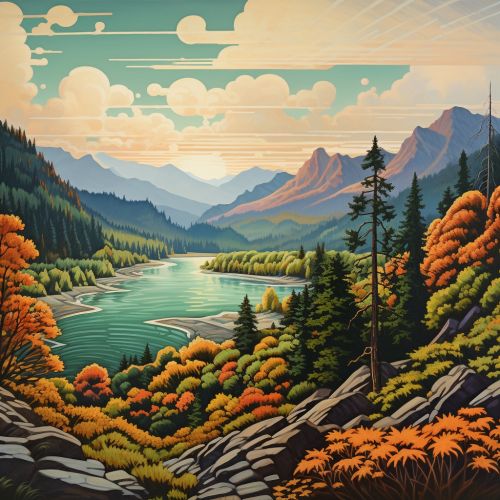
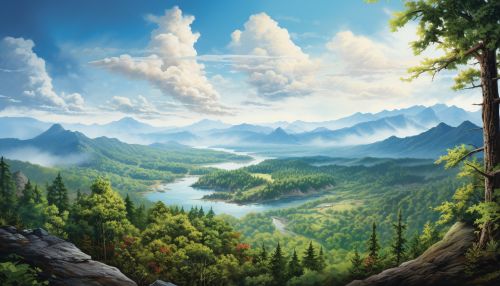
The United States is divided into five main regions: the Northeast, the Midwest, the South, the West, and the Southwest. Each region has its own unique geographical features and climate patterns. The Northeast is known for its dense forests and rocky coastlines, while the Midwest is characterized by its flat plains and fertile soil. The South is home to a variety of landscapes, from the Appalachian Mountains to the coastal plains of the Gulf Coast. The West is dominated by the Rocky Mountains and the arid deserts of the Southwest.
The United States also has several overseas territories, including Puerto Rico, Guam, and the U.S. Virgin Islands. These territories have their own unique geographies and climates, and are home to diverse populations and cultures.
History
The history of the United States is a complex and multifaceted narrative that spans over five centuries. It begins with the indigenous peoples who inhabited the continent for thousands of years before the arrival of European explorers. The first successful English colony was established at Jamestown, Virginia, in 1607. Over the next century, other European powers, including Spain, France, and the Netherlands, also established colonies in North America.
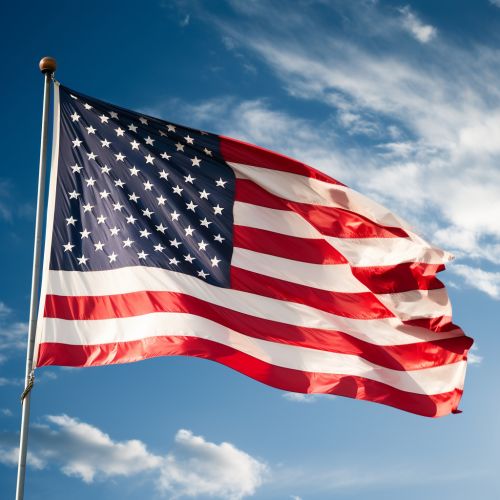
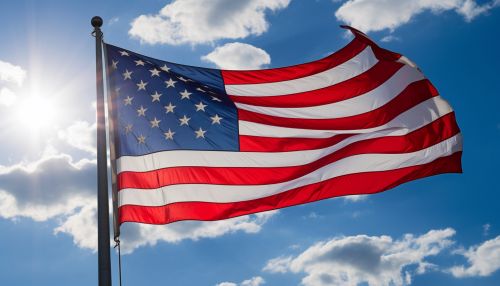
The American Revolution, which began in 1775, led to the creation of a new nation. The United States declared its independence from Great Britain in 1776, and the Revolutionary War ended in 1783 with the signing of the Treaty of Paris. The U.S. Constitution, ratified in 1788, established a federal system of government with a separation of powers.
The 19th century was a period of expansion and conflict for the United States. The country acquired new territories through the Louisiana Purchase and the Mexican-American War, but these acquisitions led to disputes over the expansion of slavery. These disputes culminated in the Civil War, which lasted from 1861 to 1865 and resulted in the abolition of slavery.
The 20th century saw the United States emerge as a global superpower. It played a major role in both World Wars and was a key player in the Cold War. The country also experienced significant social and cultural changes, including the civil rights movement and the feminist movement.
Government and Politics
The United States is a federal republic, with a system of government based on the U.S. Constitution. The federal government is divided into three branches: the executive branch, headed by the President; the legislative branch, consisting of the Senate and the House of Representatives; and the judicial branch, headed by the Supreme Court.
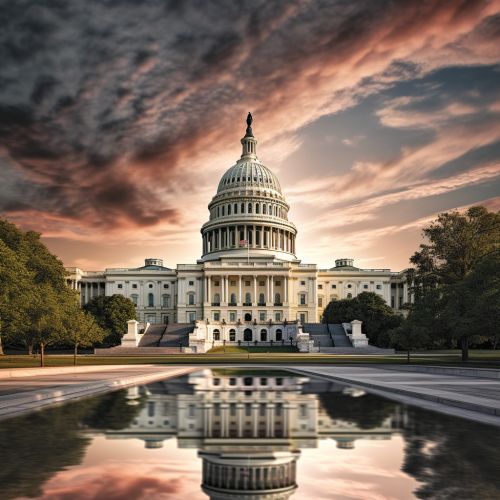
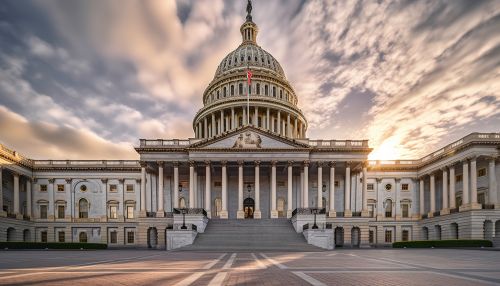
The President is the head of state and the head of government. He or she is elected to a four-year term and can serve a maximum of two terms. The President is responsible for executing federal laws and is the commander-in-chief of the armed forces.
The Congress is the legislative body of the federal government. It is bicameral, consisting of the Senate and the House of Representatives. The Senate has 100 members, two from each state, while the House of Representatives has 435 members, with seats apportioned based on population.
The Supreme Court is the highest court in the land. It has nine justices, who are nominated by the President and confirmed by the Senate. The Court has the power to interpret the Constitution and to declare laws unconstitutional.
The United States has a multi-party system, with the Democratic Party and the Republican Party being the two major parties. Elections are held every two years for the House of Representatives and every six years for the Senate. Presidential elections are held every four years.
Economy
The United States has the largest economy in the world, with a gross domestic product (GDP) of over $21 trillion. It is a mixed economy, with both private enterprise and government involvement. The country is a global leader in technology, manufacturing, and services.


The U.S. economy is characterized by a high level of innovation and productivity. It is home to many of the world's largest corporations, including Apple, Microsoft, and Amazon. The country is also a major exporter of goods, including machinery, electronics, and aircraft.
The United States has a diverse labor force, with a wide range of occupations and industries. The service sector is the largest part of the economy, accounting for over 70% of GDP. Other important sectors include manufacturing, retail, and healthcare.
The U.S. dollar is the country's official currency and is the world's primary reserve currency. The Federal Reserve, the country's central bank, is responsible for monetary policy.
Culture
American culture is a blend of diverse influences, reflecting the country's multiethnic population. It is characterized by a strong belief in individualism and freedom, and is known for its innovation and creativity.


The United States has made significant contributions to art, music, literature, and film. It is home to Hollywood, the center of the American film industry, and Broadway, the center of the American theater industry. American music is diverse, with genres such as jazz, blues, country, rock, and hip-hop originating in the country.
American cuisine is also diverse, with regional specialties such as New England clam chowder, Southern barbecue, and Tex-Mex. Fast food, a type of mass-produced food that is prepared and served quickly, originated in the United States.
The United States is a sports-loving nation, with American football, baseball, basketball, and ice hockey being the most popular sports. The country has hosted the Summer Olympics four times and the Winter Olympics four times.
See Also
- History of the United States
- Geography of the United States
- Government of the United States
- Economy of the United States
- Culture of the United States
References
1. "United States". The World Factbook. Central Intelligence Agency. 2. "United States". Encyclopædia Britannica. 3. "United States". International Monetary Fund. 4. "United States". United Nations.
